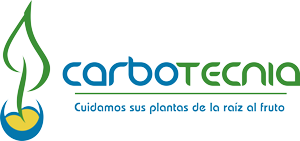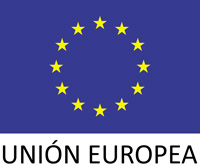The core of the Carbotecnia range of products is Low Molecular Weight Carboxylic Acids (L.M.W.)
Yield increasing, marketable organ quality and environmental friendliness, are the immediate effects after using these organic molecules.
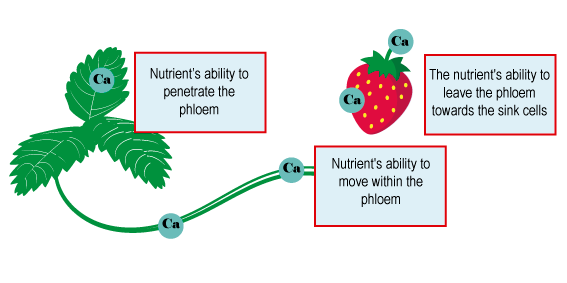
Primitive plants such as algae had no roots to absorb water; the organs responsible for the nutrient absorption were the leaves, a feature that has not been lost over time.
Foliar feeding is a fertilizer application method widely used throughout the world, and an important tool for crop management.
Used correctly it is more respectful with the environment and more efficient than traditional fertilization via soil or edaphic because the nutrients are applied directly on the tissues (localized use) and in specific periods (timely use) of maximum demand of the crop.
The absorption of nutritive solutions by the surface of the plant can occur through:
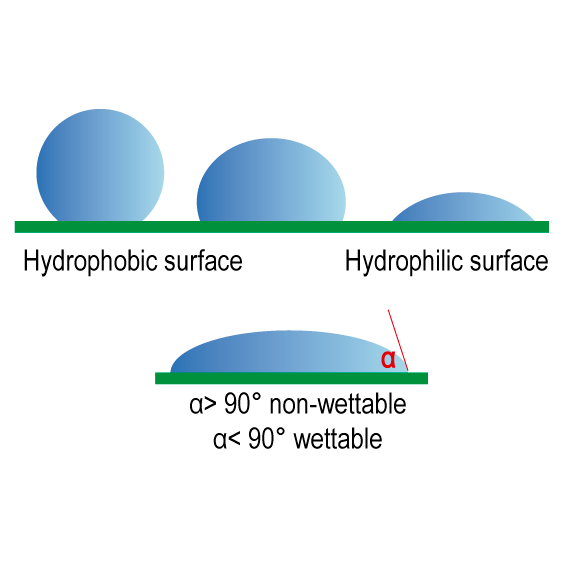
Factors affecting the efficacy of foliar fertilizers
Parameters of the vegetable surface:
Physiological parameters of the plant:
Physico-chemical parameters affecting absorption:
Environmental parameters:
When is foliar fertilization advisable?
When soil or water conditions limit the use of applications via soil (cold soil, senescence, etc.)
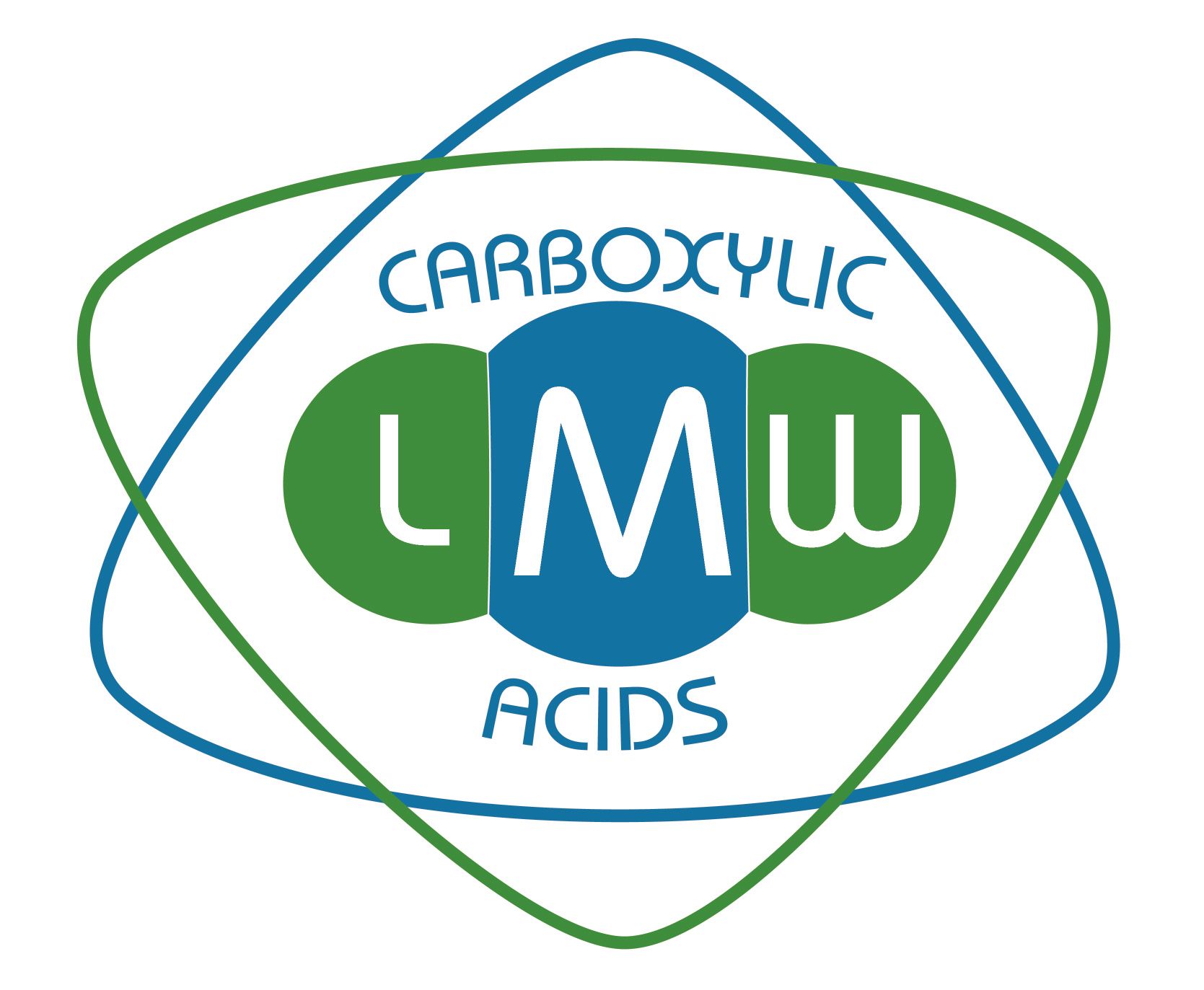
Benefits of using L.M.W. Carboxylic Acids in foliar fertilization.
